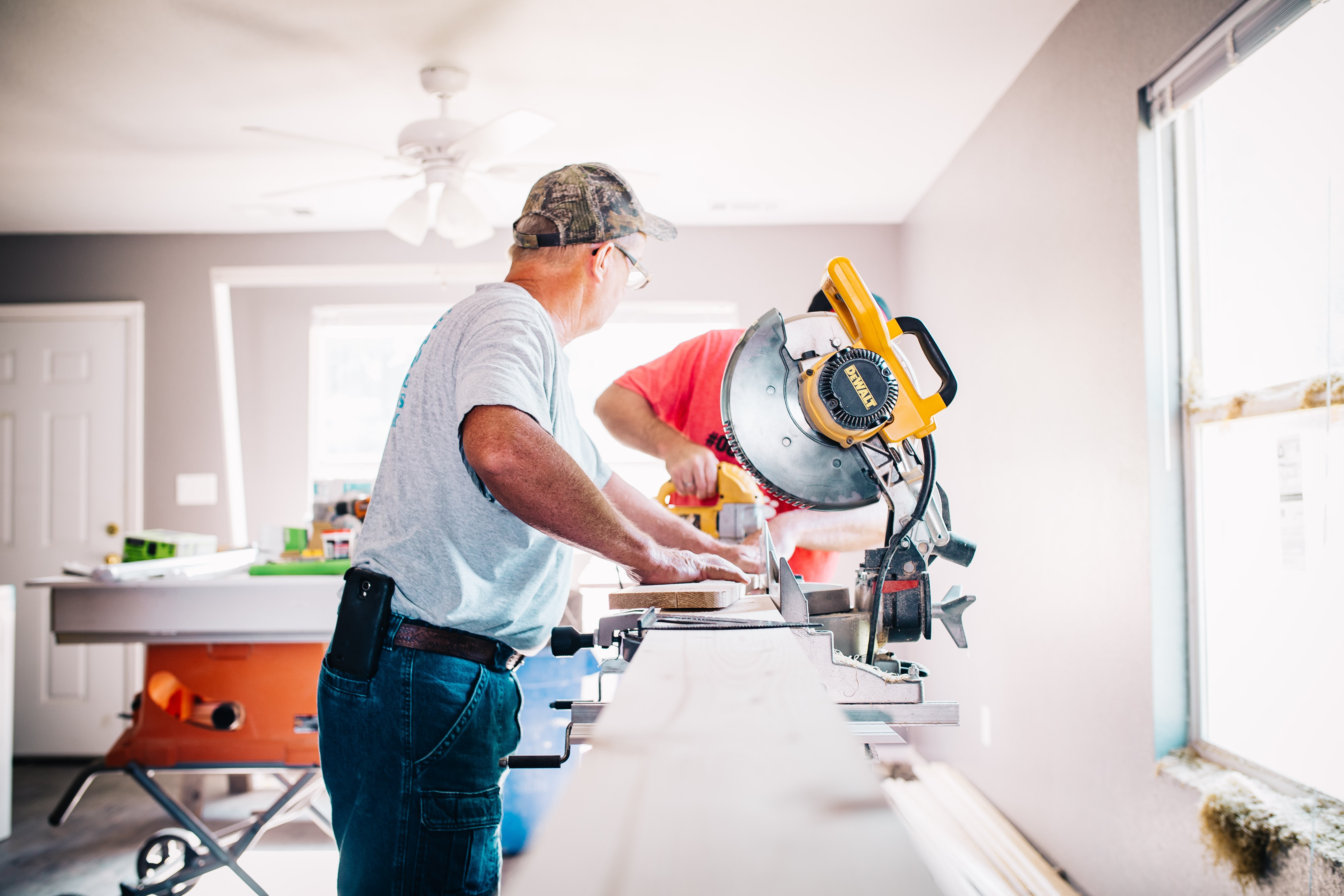
When you set out to design your own website, there are a few things you have to keep in mind. This post is not to discourage you. It is to set your expectations right and help you better prepare it. Website design can be a herculean task for the uninitiated. It’s a learning process and you must know what you are getting into.
We’ve already covered some very basics in the introductory part of the series in the previous article How To Design Your Own Website From Scratch Like Professionals Do.
1. Developing Design & Programming Skills
The first thing is to develop an eye for aesthetics. You have to build an understanding and an eye for alignments, (negative) space, colors and tones, lines, shapes, patterns and textures, form, contrast and typography. This can be overwhelming to grasp at first. In brief:
- Lines add a sense of alignment, arrangement and guide the eye.
- Negative space induces a sense of minimalism, spaciousness and a design which is often referred to as being clean.
- Colors and tones: While colors bring a design to life, the tones refer to the darkness or lightness of a color.
- Shapes, just like lines guide the eye around the design.
- Patterns and textures are used as fillers and often used in creative ways to add a sense of depth in the design.
- Form (a term often used in photography) is the sense of depth or the 3-dimensionality of a shape.
- Contrast: Contrast is what makes a design bold and creates a solid first impression.
- Typography deals with typefaces (casually referred to as fonts), the text size and various other attributes as letter-spacing, line-height (also line length).

References:
- Elements of Art and Design – line, shape, space, value, color and texture
- The Visual Elements — The Building Blocks of Composition in Art
- Composition
2. Lots of Patience
Patience is one of the things which you can’t have enough of. There will be times when you’d be trying to get something to work for hours and it would come out to be simple. There will be times when you’d feel like giving up (which is totally fine). But it’s good to be prepared right from the start. As you learn and get familiar with things, the learning curve will smooth out. But techies never have it easy. There are just too many things to learn, fix and improve. And the learning never ends.
3. Work
Oh, it will be loads of work. Loads and loads of it and then some more. It’s not just drag and drop and some HTML and CSS here and there. Design is not how it looks, it’s how it works. And you’ll be busy making it work. You’ll be making decisions, educating yourself to be able to make those decisions, doing some design and technical work like creating wireframes, the actual design in Photoshop and then coding it into an actual website. It does not end there. Post launch you’ll audit your site, make improvements, little ones at a time, measuring the effect, executing an SEO strategy and prepare yourself to market and promote your website and products / services online.

4. Approach
I’ve already covered the approach considerations in the previous part of this series. Your approach, vision and thoroughness will determine success. You’ll need to contemplate everything in advance, make decisions and decide how you want to approach the challenges.
5. Reading & Learning
Learning is a fast process when you know where to find the right information. But typically there’s a lot of re-reading involved and referring back to things, lots of research. As an estimate it may take about 5 times more work hours than it will take a professional designer to pick up on something new — they know what they are getting into, what they are looking for, the context, background, prerequisite skills and all. It’s just easier to make meaning of a cryptic document if you have the background knowledge.
6. Troubleshooting
The technical part of the process will involve troubleshooting. Troubleshooting is a way of life in technology. Without troubleshooting there are no solutions and no success. An analytical approach with a technical bent of mind will take you to success.
7. Making Time (at the cost of other things)
It’s totally fine if you’ve got nothing better to do 😉
You will be learning and making mistakes and doing things at the cost of your own time and money. Simply put you will at least be spending twice the amount that it would take for you to hire a professional.
Loss 1: Leaving your own work / responsibilities (thus foregoing money).
Loss 2: Spending that time to learn things which may not be of use in the long term (unless you want to become a designer).
Loss 3: Making mistakes, doing it wrong, redoing it yet again and then some. In the same time a pro could build twice as many sites.

8. The rising risk and costs of “giving up”
…increases exponentially the closer you are to the end. All that for nothing? Don’t be under the notion that your work can be re-used. Botched up recipes can’t be fixed into anything delicious or worth eating (at least in the case of half-baked design & code abandoned mid-way). No one has the patience to read through the code, understand it, see if it’s a keeper or not and fix it.
8. Money
All this translates to money. What’s your hourly rate for the job you do? And how many hours will it take for you to start from scratch, investing in a domain, premium theme, premium plugins, learning, making mistakes, troubleshooting and redoing things? Multiply these hours with your hourly rate and dive right in.
In contrast, the result is going to be totally worth it. It is time to read this through, think this through and mentally prepare yourself. Make up your mind because the next post will kick start the web design project. And you don’t want to miss it. Keep watching this space for the next one and do not forget to subscribe.
Part 3: 10 Difference Between A Cutting-Edge Rock Solid Business Website And A Free One
